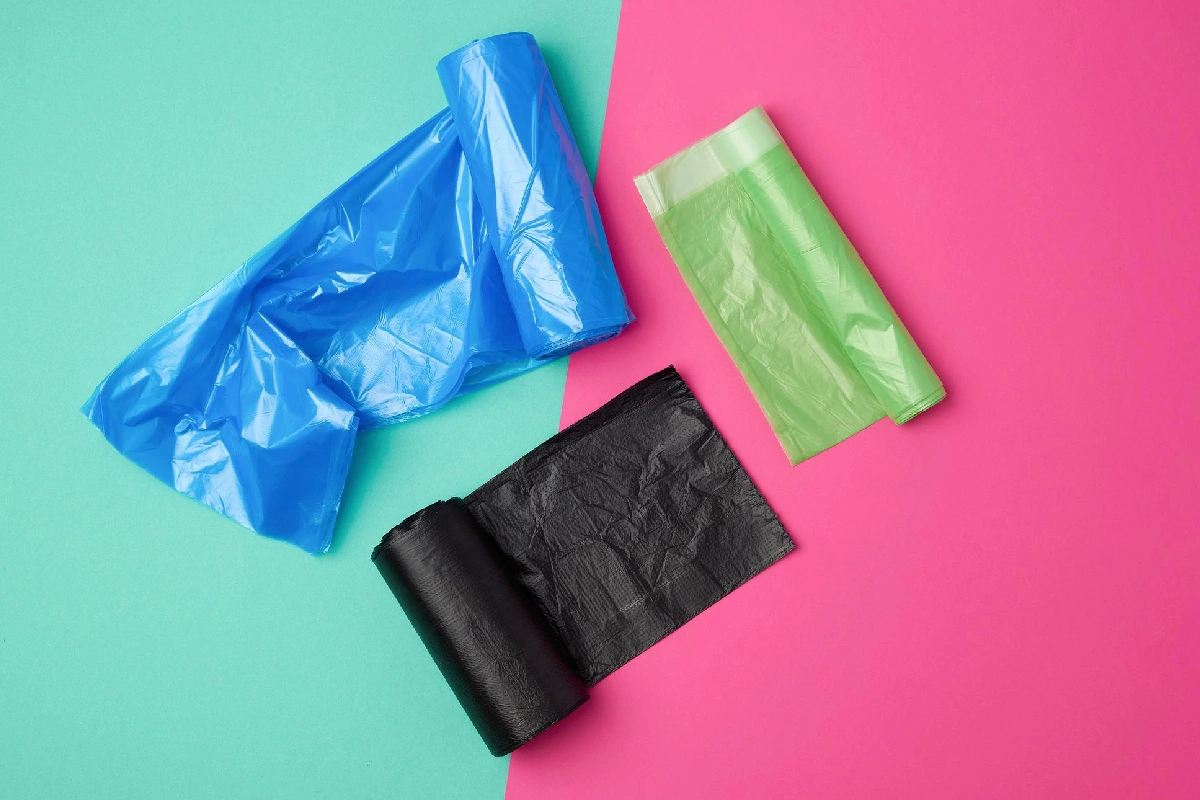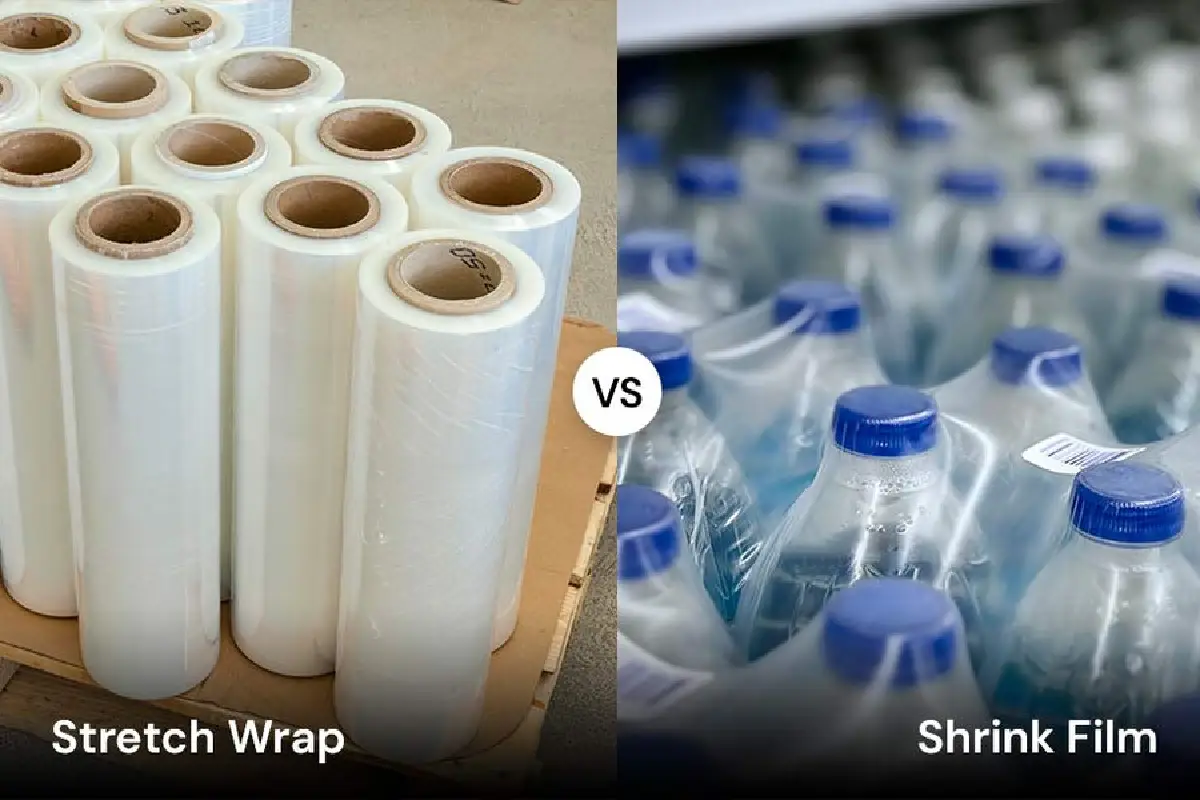Shrink Wrap Production: A Fascinating Journey from Oil to Secure Packaging
Shrink wrap, one of the most widely used packaging materials in various industries, has gained significant attention due to its ability to shrink and create secure packaging. This article explores the production process of shrink wrap and its applications.
Shrink Wrap Production Process
Shrink wrap production is a complex and multi-stage process that includes the following steps:
-
Resin Production:
- Polymerization: In this stage, the monomers that make up nylon (such as caprolactam) are polymerized under specific temperature and pressure conditions, creating long polymer chains.
- Additives: Additives such as stabilizers, pigments, and plasticizers are added to the base resin to improve the final product’s properties.
-
Extrusion:
- Melting: The produced resin is melted in an extruder and passes through a die with narrow openings in molten form.
- Film Formation: The melt exiting the die is cooled and solidified into a thin film.
-
Printing:
- Design: Desired designs (logo, product information, etc.) are printed on the film.
- Ink: Special inks for printing on plastic are used.
-
Cutting and Packaging:
- Cutting into rolls: The printed film is cut into desired sizes and packaged in large rolls.
Properties of Shrink Wrap
- Shrinkability: When heated, shrink wrap contracts and adheres to the product.
- Transparency: It provides a clear view of the product.
- Resistance: It is resistant to moisture, grease, and chemicals.
- Flexibility: It can easily be wrapped around products of various shapes.
- Sealing: Protects the product from dust and contamination.
Applications of Shrink Wrap
- Food packaging: Packaging meat, poultry, fruits, vegetables, etc.
- Industrial product packaging: Packaging electronic components, household appliances, etc.
- Hygiene product packaging: Packaging detergents, cosmetics, etc.
- Printed product packaging: Packaging books, magazines, etc.
Advantages of Using Shrink Wrap
- Product protection: Protects the product from physical damage, contamination, and moisture.
- Aesthetic packaging: Gives the product an attractive and professional appearance.
- Ease of use: It is easy to use and does not require complex equipment.
- Cost-effective: It is less expensive than other packaging methods.
Important Points to Consider When Choosing Shrink Wrap
- Thickness: The thickness of the shrink wrap should be proportional to the weight and size of the product.
- Shrink temperature: The appropriate temperature for shrinking the wrap should be considered.
- Transparency: Depending on the type of product, the level of transparency of the shrink wrap is important.
- Heat resistance: If the product is exposed to heat, a heat-resistant shrink wrap should be used.
Conclusion
Shrink wrap, as one of the most widely used packaging materials, plays a significant role in maintaining the quality and attractiveness of products. By selecting the appropriate type of shrink wrap and following technical guidelines, you can take full advantage of this type of packaging.
چه امتیازی میدهید! 🙂




